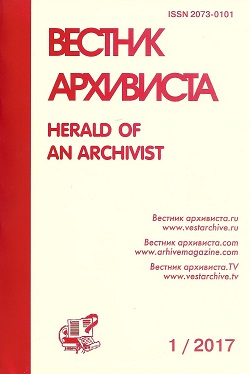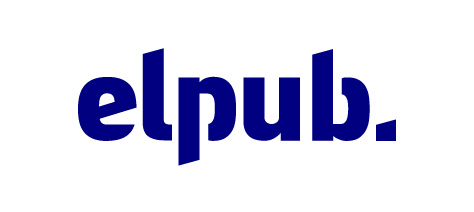About necessity to raise self-descriptiveness of studio inventories of the video documents arriving on storage in the Russian State Archive of Photo and Video Documents.



| 11 May 2010
Posted in
Archival

Annotation / Аннотация
The article is devoted to the reasons of low information descriptions of the film documents arriving on constant storage in the Russian State Archive of Photo and Video Documents. This problem reduces to uncontrolled falsification of a newsreel in new films. Up to now there are no consolidated rules for filming description. In archives introduced into practice the new kind of work - editing of editorial scripts and verification of their maintenance with film.
В статье анализируются причины низкой информативности описаний кинодокументов, поступающих на постоянное хранение в РГАКФД, что неизбежно порождает бесконтрольную фальсификацию кинохроники в новых фильмах. Так как до сих пор единые со студиями правила описания киносъемок составить и согласовать не удалось, в архиве введен новый вид работы - редактирование монтажных листов и сверка их содержания с кинодокументами.
Keywords / Ключевые слова
The Russian State Archive of Photo and Video Documents, studio inventories, newsreel, editorial scripts of films, film carriers, explanatory notes, manual and electronic film catalogues.
Архив кинофотодокументов, студийные описи, кинохроника, монтажные листы фильмов, пленочные носители, научно-справочный аппарат, ручные и электронные кинокаталоги.
The Russian State Archive of Photo and Video Documents (RGAKFD) stores over thirty thousand names of film documents on the film carrier. There are newsreels, video annals, and the rests from montage. Stage managers make editorial scripts on films and magazines, and on annals and the rests from montage they make annotations. Editorial scripts become a part of explanatory notes RGAKFD arriving in archive. At the heart of editorial scripts then created manual and electronic catalogues. Not only condition of help base of archive but also further use of documents depends on quality of these inventories.
The accompanying documentation together with materials from studios in archive began to arrive regularly only from the middle of 1950th. However quickly enough in them was founded despite presence of the seals, signatures of directors and editors-in-chief of studios, the considerable quantity of various errors and discrepancies with film documents. It became clear that if archival film catalogue to form under such descriptions it will cease to exist as explanatory notes.
As uniform with studios of a rule of the description of filming was not possible to develop, in archive has been entered the new kind of work – “editing of editorial scripts and verification of their maintenance with film documents”.
Verification of inventories with the films constructed on a russian or foreign chronicle material appears the most labour-consuming. As in editorial scripts the footnote is never given, from what primary sources they are copied, editing by time turn to the present research work.
High self-descriptiveness of film documents it is extremely important, as (if materials have not taken place scientifically-archival processing in RGAKFD) any installation of a newsreel (not reflected or fixed by studio inventories) will be inevitable to generate uncontrolled falsification of a newsreel in new films (that in some cases is connected with incompetence of film workers or from desire to hide a juggling). And to find out, who, that, where and when it has been removed, the diligent author can only in archive.











